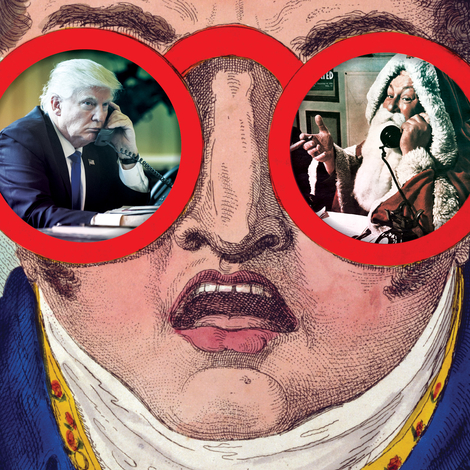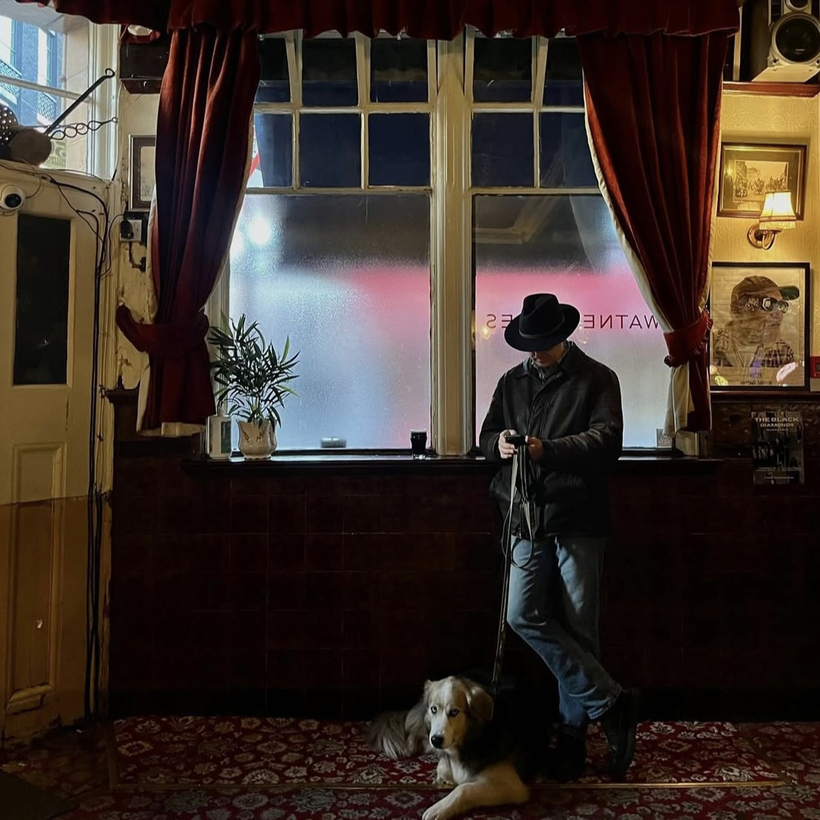It’s Frieze week in London, and one of the unlikeliest of art exhibitions—put on by Tramps gallery—is down a grimy Victorian side street in Kings Cross, above a shuttered pub. The pub, McGlynn’s, was, until its closure in 2023, renowned for its ungentrified ways—sticky red carpet, worn tables, TV blaring, a collection of shovels on the wall.
The fact that it is now hosting an art show is due to its recently being bought by the painter Peter Doig. Unlike many developers, Doig doesn’t want to tear the place down, or even renovate it all that much. “I think when you first walk in, you’re going to feel like you’re in the same place,” he told The Art Newspaper. It was yet another sign of the rebirth of a type of pub that, in local parlance, is known as a boozer.

There has been a glut of showy new pubs opening in England in the last couple of years. Most notable among them is the Devonshire, just off Piccadilly Circus, which is renowned for its top-class food and the impossibility of landing a table. Further afield, there’s the Bull in Charlbury, named the best pub in the U.K. by the National Pub & Bar Awards last summer (and which allegedly refused to accept a reservation from J. D. Vance during his Cotswolds vacation). These are gastro pubs, offering variations on classic British dishes alongside fine wine and exhilarating cocktails. They are, to all intents and purposes, restaurants, descendants of the Eagle in Farringdon, which in 1991 revolutionized the British pub by suggesting that fine food could be served alongside the traditional warm beer.

But the pubs to which Gen Z–ers and millennials are now flocking are the old-fashioned, pre-Eagle boozers, of which McGlynn’s is one. These pubs are, to use an industry term, “wet-led.” This means that they bank the major part of their takings from alcohol, and the food options extend, at their fullest, to a bacon sandwich warmed in a microwave behind the bar. The drink selections at these pubs are often entry-level: fizzy, Continental lagers and the standard array of liquor. If you want a cocktail, prepare yourself for a gin-and-tonic or whiskey-and-ginger. The closest American analogy might be the no-frills dive bar.
At Shakespeare’s Head in Clerkenwell and the Olde Apple Tree in Peckham, you’ll find Gen Z–ers and millennials forgoing Soho House for these rougher-edged spaces. The Army & Navy in Dalston was, up until the pandemic, a place for daytime drinkers from the nearby council estates to watch horse racing on television while nursing a pint of stout. These days, it’s rammed with Tabi-clad fashionistas—it’s the model Alexa Chung’s local watering hole—and on weekends it’s a frenzied hub of revelry, with actors and musicians holding court on the back patio.

As London’s nightclubs continue to close down, Gen Z–ers are traveling from one end of the city to the other not to visit a laser-lit dance floor but to have drinks at a traditional, pre-1990s pub. Just this week, Time Out London published a list of the “50 Best Pubs in London.” Almost all of them were “old school boozers.”
Partly this is because boozers serve cheaper beer than their gastro-pub brethren. But there’s something about the boozer’s uncurated anti-aesthetic that offers a sort of alcoholic authenticity—and, perhaps, a touch of isolationist national pride. This is not the England tourists traditionally visit.
It’s generally suggested that the Blue Posts on Berwick Street, in Soho, was where this revival began. The interior seems largely unchanged since the Blitz—think potted plants and heavy burgundy curtains. But after four p.m. it’s filled with fashion students from Central Saint Martins College of Art. Its status as the place for the fashion set to drink was cemented when James Jebbia, the founder of Supreme, started frequenting it. Influencers followed, and the tequila company Casamigos held a brand activation there in August. Now it’s so busy in the evening that it employs two bouncers—a rarity at pubs—and there’s even a miniature velvet rope in front of the door.
Not everyone’s happy with the Blue Posts becoming so chichi. A recent article in Vice was titled “I Visited the Pub That Everyone Loves to Hate.” But in the younger generations’ pub-slumming—and in the reaction against it—very little has changed.

In Maurice Gorham’s 1949 survey of the London pub scene, Back to the Local, the author complains of the “menace” of the Bright Young Things discovering the “straightforward plate-glass-and-mahogany back-street pub.” He protests how the fast set with their “curly moustaches” had ruined the Running Horse in Shepherd Market, a traditional working men’s pub.
Sure enough, if you search out the Running Horse today, you’ll find it’s no longer a boozer but the Mayfair branch of the upmarket Noble Rot restaurant empire, offering fine food, a renowned wine list—and not a sticky carpet in sight.
Charlie Baker is the editor of The Fence magazine and the co-editor of The Pub: Wit, Wisdom & Weirdness on Britain’s Best-Loved Establishment, which will be released in the U.S. on November 11


